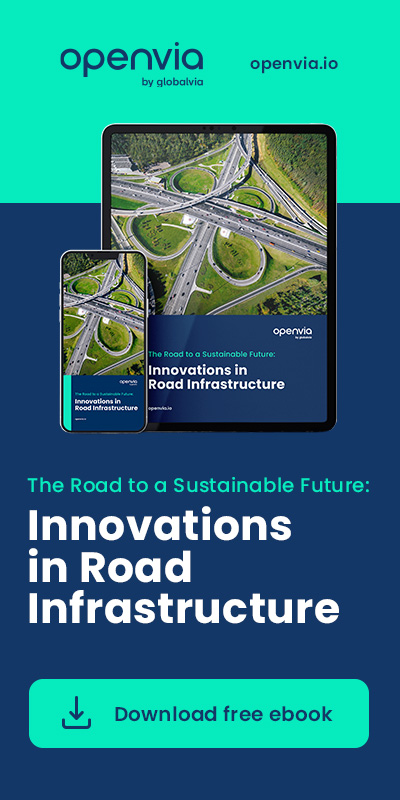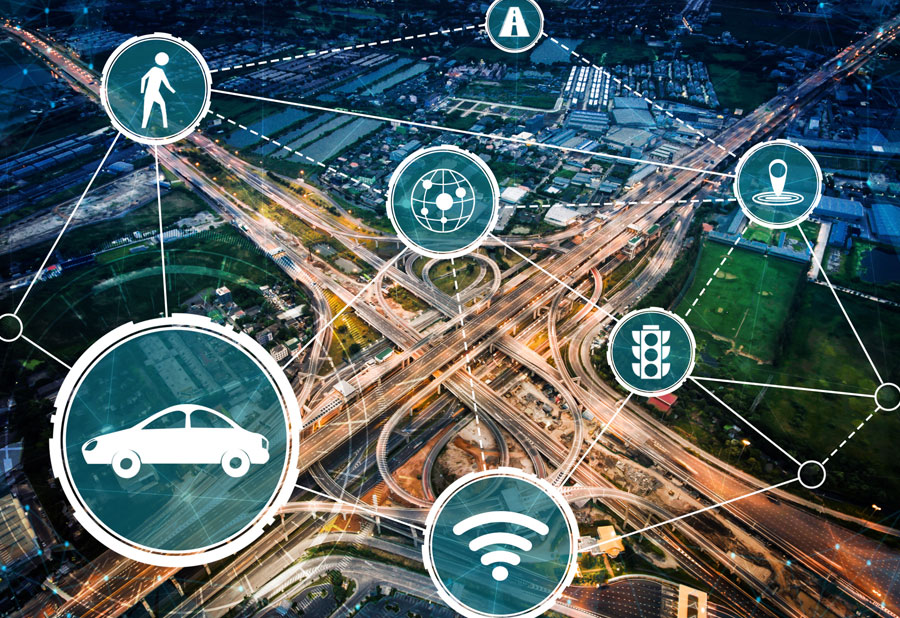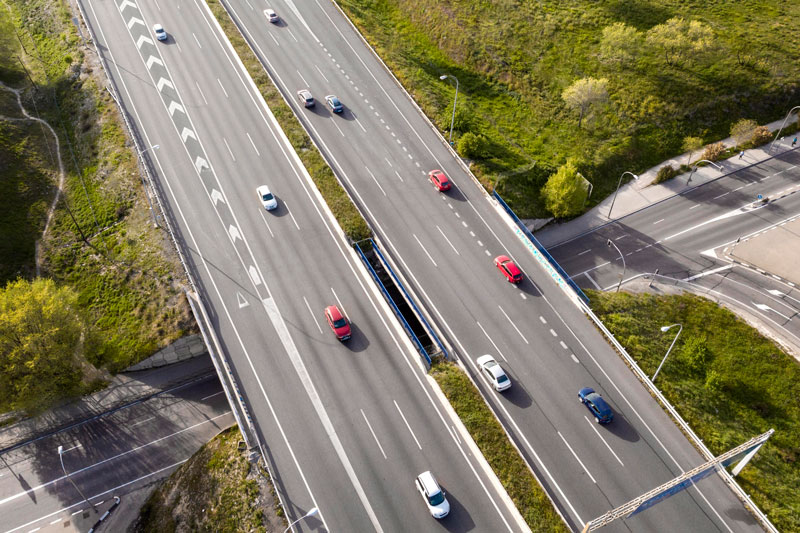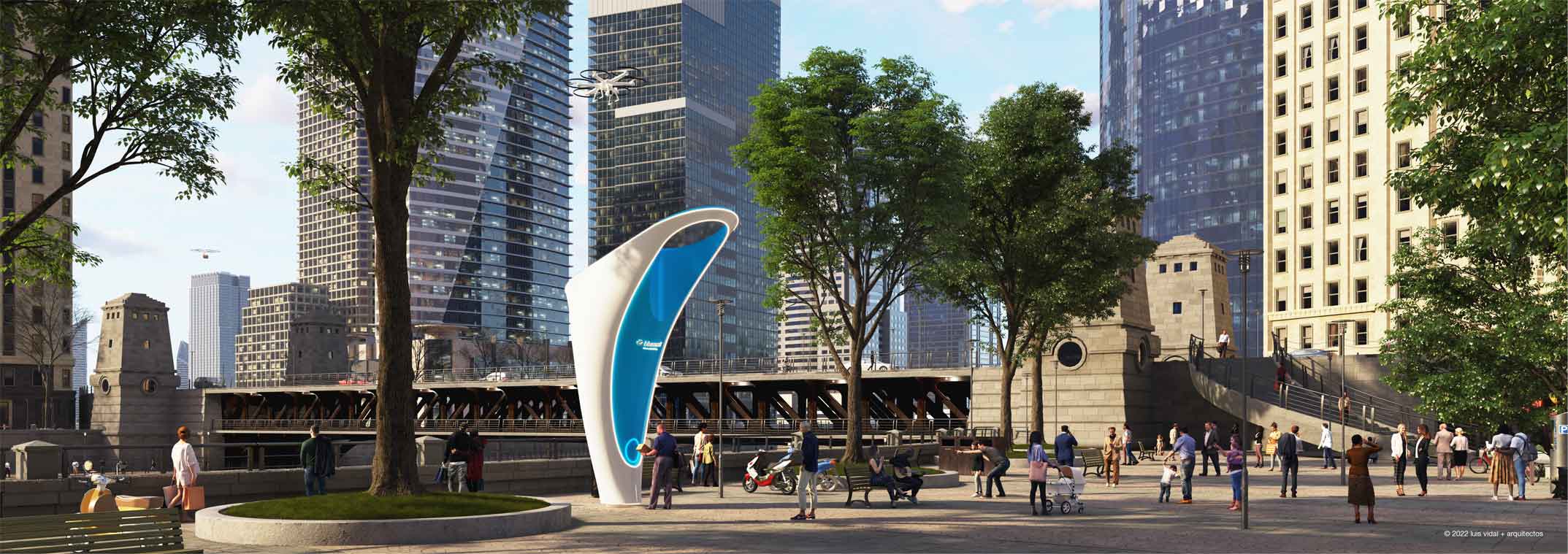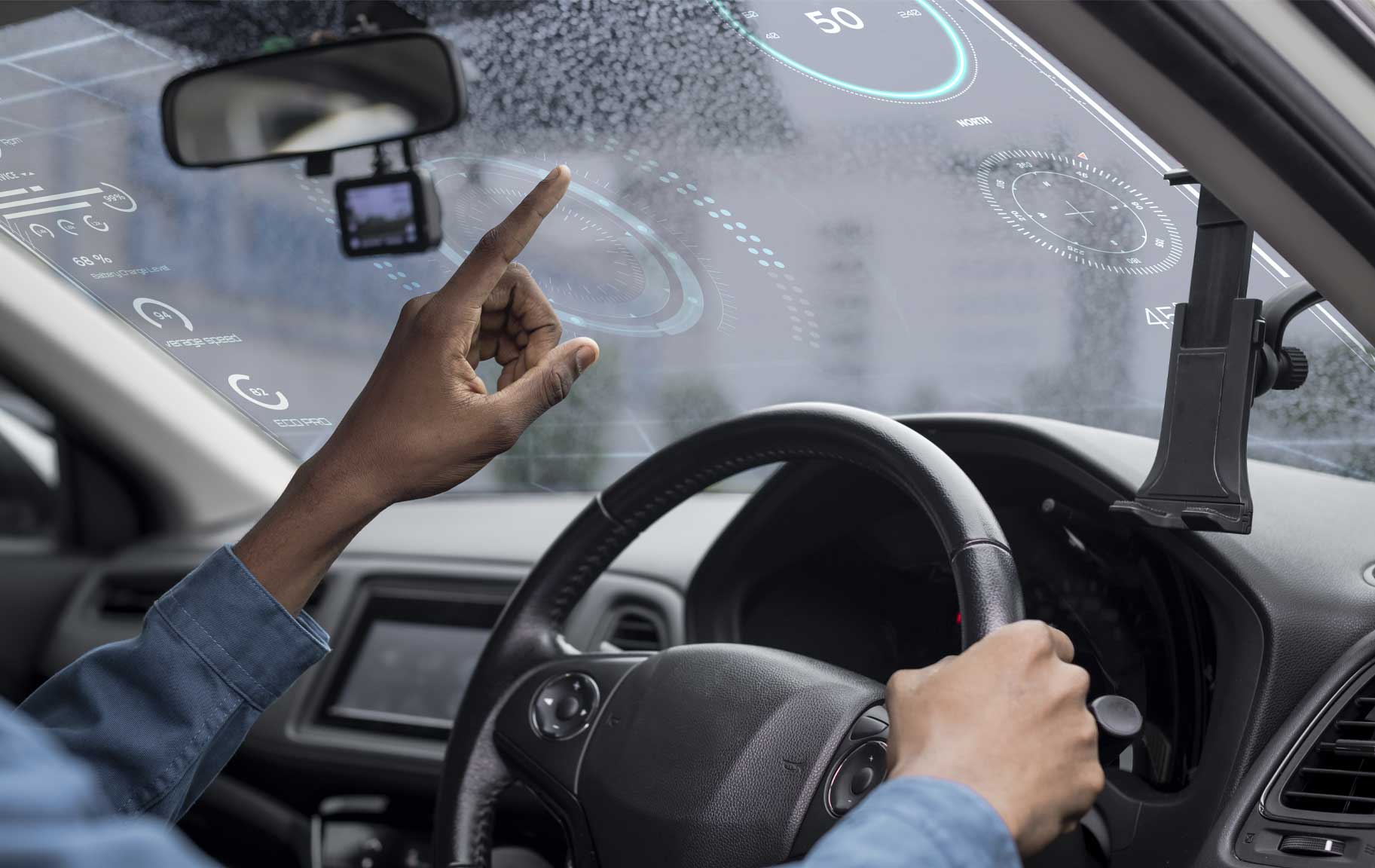Global leader in the management of transport infrastructure concessions, Globalvia is firmly committed to innovation as a driver of change to transform society. It drives new mobility models that promote the evolution of road and rail transport and develops projects of great innovative value in Spain, the United States, Ireland, Portugal, Andorra, Mexico, Costa Rica and Chile.
Globalvia is aware of the paradigm shift in which the infrastructure and transport sector is immersed. Technological disruption and new mobility models present us with a scenario full of opportunities, but also of challenges and risks.
The keys to transformation
Are we in the sector ready to take on these changes? This transformation, as has already occurred in different industries such as banking and telecommunications, is being driven by the users themselves. Transport users are increasingly demanding more services focused on a unique and differential travel experience. Builders, transport operators, administrations, technology manufacturers, all seek a common goal: to offer a safe, integrated, user-oriented and efficiently managed urban and interurban transport system. What are the key levers to make this transformation so vital in our sector?
Joining forces
1. Work collaboratively and join efforts. Gone are the days when innovation was carried out individually and exclusively with our own resources. Competitors, different stakeholders, private or public companies, we must all work collaboratively and join forces to generate work standards and incorporate good multisectoral practices that allow us to deploy new technologies; in this sense, for example, the important role of infrastructure as a facilitating element in the incorporation of the autonomous car into our lives must be approached from a multisectoral point of view. An effort is needed to agree on patterns and protocols of action for those critical moments when the car and the transportation infrastructure must be connected in order to provide a safe decision to passengers, pedestrians and perhaps also to other robots around us.
Want to know more about Roads of the Future?
Technology as a competitive advantage
2. Begin to see things through the prism of the user. In this sense, it is vital that we begin to question our value chain with fundamentals and lessons learned from other sectors. If digital natives have revolutionized the user experience by incorporating ease of use at the click of a button, how can we replicate this or how can we interact with our customers and their needs using data?
3. Use technology as a lever for transformation and competitive advantage. The slogan of the last CES 2019 – «Every company is a technology company»- reflects a reality that many companies still find difficult to accept. It is not only technology that should allow us to automate processes through enabling technologies already available on the market, such as drones, mixed reality techniques, process robotization or the use of machine learning to solve complex problems. Digital disruption, which other sectors have already been applying for many years, such as logistics, should undoubtedly push us to develop new ways of operating and maintaining our infrastructures.
M50 Concession Limited, Globalvia’s Irish concession, has developed an innovative energy reduction project for the motorway’s lighting system.
Talent
4. Transformation is not possible without the talent of people. Therefore, we have the responsibility to generate work environments that foster creativity, ideation and the explosion of talent. Workplaces based on trust that make us desirable companies. All this combined with all kinds of talents and profiles, from the scientific world to the humanistic world.
Innovation at Globalvia
It is increasingly clear that we are not living in an era of change, but rather we are in the midst of an epochal change that implies, above all, a profound transformation in the way we work and offer services to citizens. At Globalvia, we are ready to take on this challenge and, for this reason, we are preparing ourselves from the inside to make an impact outside our organisation as well. We have a clear vision of how innovation should improve society. We analyse new challenges to bring imaginative solutions and opportunities to our businesses. We have defined three axes for our vision of innovation:
- Innovating to improve society. Transforming transport infrastructures towards new mobility models in which people are at the centre.
- Innovating to transform the business. Using disruptive technologies to be more efficient in our operations and offer a differential user experience.
- Innovating to empower the employee. Promoting an innovative culture that favours intra-entrepreneurship and creativity.
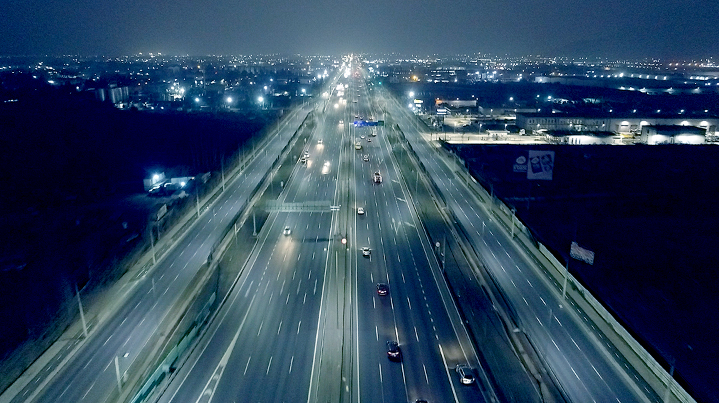
Autovía Santiago Lampa, a Chilean concession of Globalvia, is the result of an urban standard transformation project and the implementation of Free-Flow gantries with the aim of offering its users greater quality and safety in the infrastructure, as well as greater comfort and time savings in their journeys.
In order to carry out our vision of innovation, we are committed to Open Innovation as a facilitator of innovation for society, business and employees. Our Open Innovation model seeks to promote the identification and definition of ideas, products and services that provide new approaches, new business models and differential value for our infrastructures and for society. These ideas must have a positive impact on the challenges faced by Globalvia, its users and the infrastructures it manages.
We understand that this transformation cannot be achieved with a magic wand, nor in a single day, but that it is a path, a change of direction in which innovation must act as an engine that generates ideas that mobilise society. Globalvia has already begun the path of transformation by leading different types of projects that are so necessary for change and which are articulated in the following themes:
- To offer a differential and unique experience to our users on their journeys.
- Create new mobility models that change our lifestyles.
- Making life easier for those around us by interconnecting data.
- To be a benchmark in safe and intelligent infrastructures.
- Promote sustainable models that last over time.
Sustainable Mobility Planning
The definition of policies in relation to sustainable mobility is basic to specify the objectives towards which mobility management should be directed, understanding that this should be carried out not only at a local level or, in the best of cases, at a regional level, but also at a national level and aligned with European initiatives.
At Globalvia, we believe that, in the implementation of these policies, public-private partnerships are an element that will improve the options that administrations can offer their citizens in terms of mobility. The construction of park-and-ride car parks, the creation of new transport lines or the management of public space or infrastructures, guaranteeing optimum standards in terms of quality and safety, are some of the examples that an infrastructure operator such as Globalvia can offer society.
Globalvia is one of the leading infrastructure managers in the transport sector with concessions in eight countries, with a long-term vision of permanence and with the objective of promoting the progress of sustainable mobility wherever we are present.
